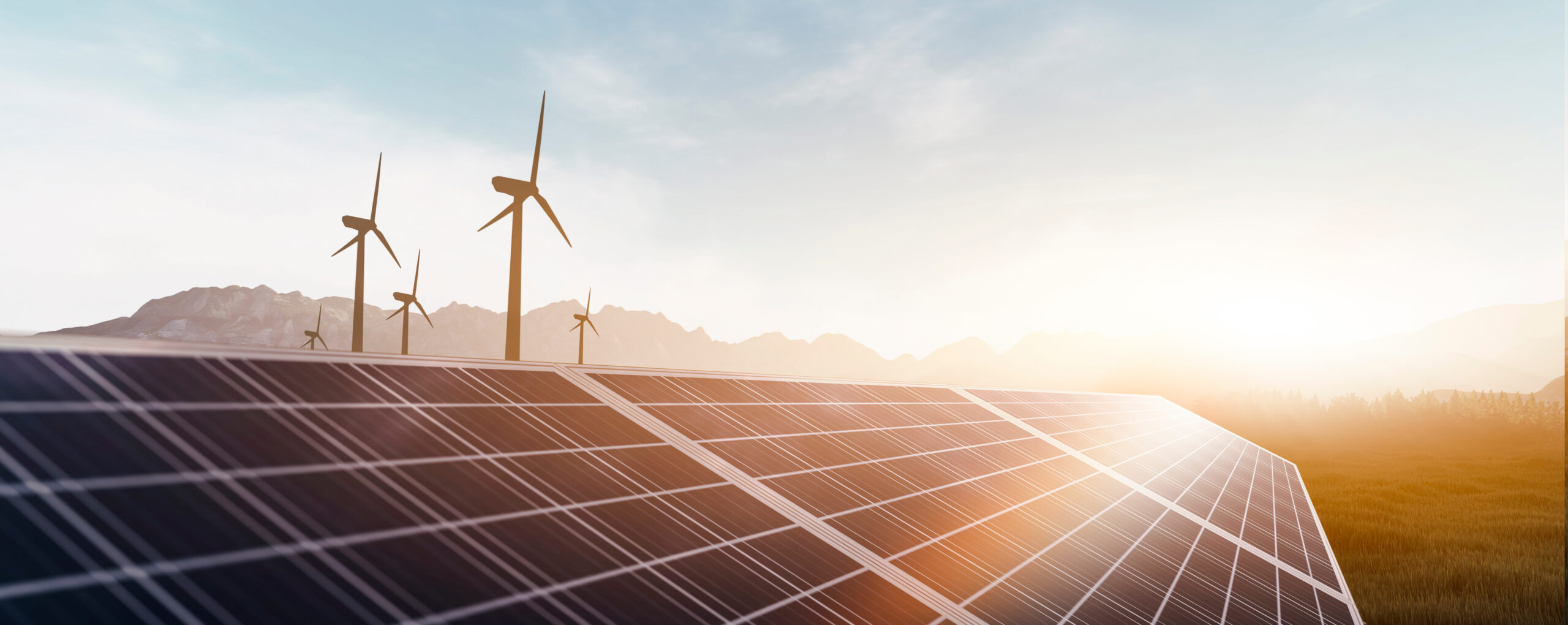The Rise of China's Drone Industry
How big is China’s drone industry?
With an expected CAGR of 40.67% between 2017 to 2024, China’s drone industry is thriving. The country is the second largest drone market in the world and is expected to close the gap with the leading market USA in 2024. As the predicted total market value of the Chinese drone industry is over 180 billion yuan in 2025, the sector has turned into a profitable business. According to Drone Industry Insights, the Shenzhen-based company DJI is the top manufacturer of commercial drones, leading far ahead with an estimated market share of around 70%. The American company Intel (4.1%) is taking second place, closely followed by the Chinese company Yuneec (3.6%).

What drives the Chinese drone industry?
Although China’s history in drone manufacturing just started in the 1960s, China has already risen to one of the leading global manufacturers due to the country’s rapid development. Favorable regulations and policies in terms of innovation and technology by the government have driven the growth in the drone business, with Shenzhen as the hub of drone manufacturing in China. Furthermore, the strategic plan Made in China 2025 states the drone industry as one focus sector, which further speeds up its growth. Drones support China’s efforts to expand automation across various areas, significantly reducing time and resources needed as well as enhancing productivity and efficiency. Especially due to the high population density in the country, China is increasingly using drones to grow its next-generation logistic network. On top of that, the COVID-19 pandemic has accelerated the demand for drones, which reduce unnecessary human contact and thus mitigate the spread of the virus.
In which industries are drones used in China?
While drones were originally invented for military purposes, its usage has been spread across various industries in China:
- Agriculture:
- Monitoring of crop health for early treatment by detection of disease or pest problems
- Spraying of pesticides, spreading of seeds and fertilizers over large fields
- Drones can reduce up to 30% of pesticide usage and up to 90% water waste
- Construction & Infrastructure:
- Land surveying and inspection purposes
- Generating of 3D models for precise distance, surface and volumetric measurements
- Increased safety due to decreased human exposure
- Search & Rescue:
- Drones can reach tight and hazardous areas to estimate potential risks
- Real-time images enable better decision-making in resource allocation during catastrophes or in the aftermath of natural disasters
- Thermal sensor drones to identify body heat during rescue missions
- Delivery:
- Carrying of lightweight packages up to 15kg
- Meituan drone delivery pilot in Shanghai, promising 15-min delivery time in 3km radius
- com has built a drone-delivery network covering 100 rural villages
- During COVID-19, drones deliver medical samples, food & goods to reduce human contact
- Media & Marketing:
- Aerial photography and videography to capture panoramic view
- Attention catcher for advertising campaigns and during festival celebrations
- Drone-based light shows and QR-Code advertisements
Latest
India’s Agrochemical Sector: Promising Opportunities

Building a Manufacturing Powerhouse: India’s Blueprint for 25% GDP Contribution

ASIAN EXHIBITION INDUSTRY GROWTH IS HERE, BUT SHOULD YOU GO THE ORGANIC/ INORGANIC ROUTE?

Renewable Energy Vision and Manufacturing Excellence in India


